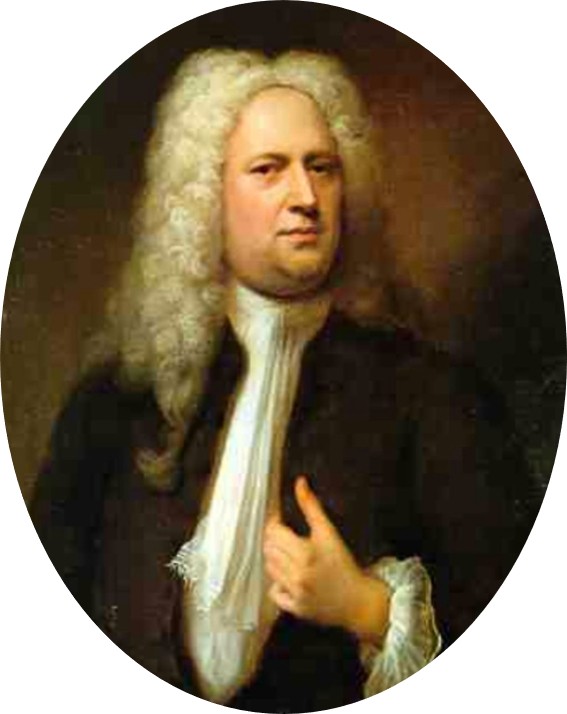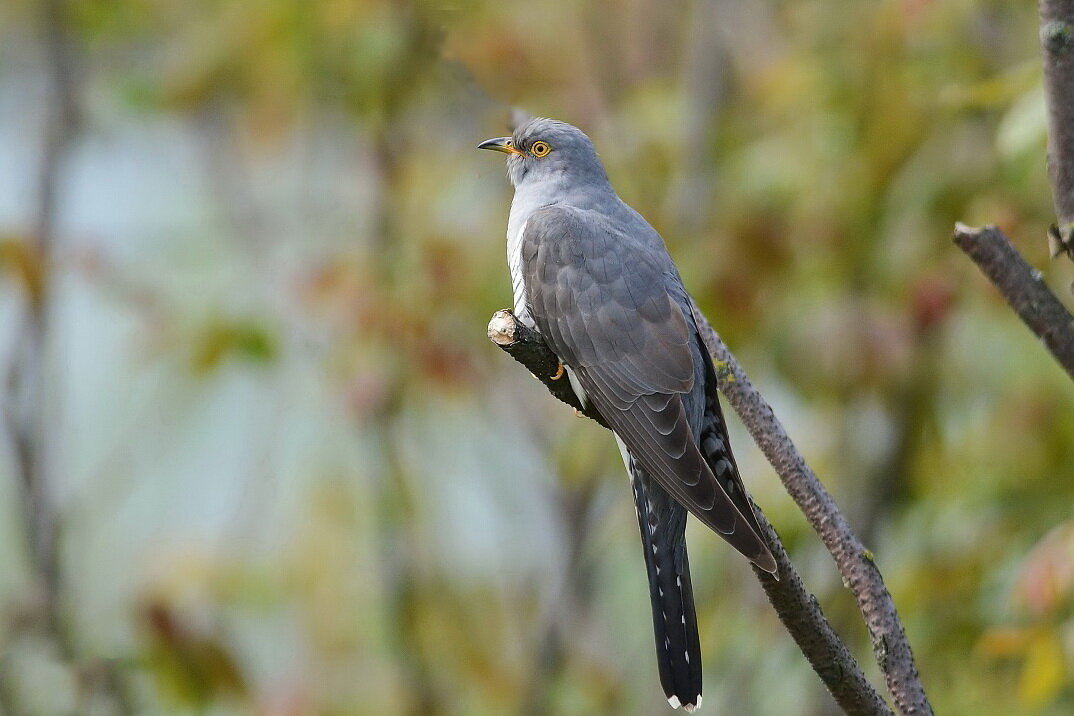Léon Minkus (1826-1917) was actually born Alois Ludwig Minkus in 1826 in Vienna. A violin virtuoso, conductor and composer, he made his first excursion into the world of ballet in collaboration with Marius Petipa in Paris in 1846. Minkus had connections to Russia, and he permanently moved there in the early 1850s. He became the official Composer of Ballet Music at the St. Petersburg Imperial Theatres in Russia, and he wrote a number of original works, including Don Quixote, in 1869.
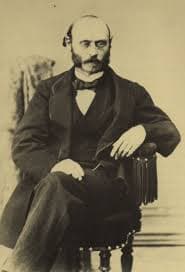
Léon Minkus (Alois Ludwig Minkus)
The great novel by Miguel Cervantes had inspired earlier ballets, including a 1740 version by the Vienna court ballet master Franz Anton Christoph Hilverding, a further Vienna version in 1768 by Jean-Georges Noverre, a Don Quichotte for Paris in 1801 by the ballet-master Louis-Jacques Milon, a version by Charles-Louis Didelot for St Petersburg in 1808, and a ballet by the English dancer James Harvey D’Egville for the King’s Theatre in London in 1809. Minkus mounted his Don Quixote at the Bolshoy Theatre in Moscow and centered his scenario, like Mendelssohn, on Camacho’s wedding in the second part of the novel.
Léon Minkus: Don Quixote (Sofia National Opera Orchestra; Nayden Todorov, cond.)
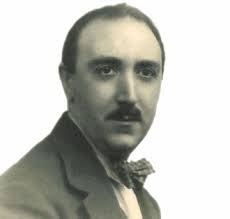
Jesús Guridi
Although barely known outside his native Spain, Jesús Guridi (1886-1961) is among the most underrated composers of the 20th century. He achieved distinction as a composer of orchestral and choral music, and particularly of opera. Critics have lauded his depth of expression, with some comparing his achievements on the operatic stage with those of Wagner and Smetana. One of the foremost exponents of Basque nationalism, Guridi absorbed a variety of aesthetic trends and elements, with his music combining rich Romanticism with touches of modernity. His symphonic poem Una aventura de Don Quijote dates from 1916 with the thematic material representing Don Quixote largely drawn from Basque and Castilian folk music. These delightful tunes are subsequently skillfully woven into the orchestral fabric.
Jesús Guridi: Una aventura de Don Quijote (Bilbao Symphony Orchestra; Juanjo Mena, cond.)
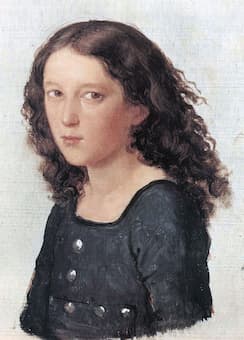
Felix Mendelssohn
Felix Mendelssohn was only 16 years of age when he tried his hands at writing an opera. Camacho’s Wedding is based on the episode in Don Quixote when the boy, rejected by the bridge’s father in favor of a rich suitor, stabs himself and is allowed a deathbed union with the girl. Once the knot has been successfully tied, the boy miraculously leaps up from his deathbed, healthy and happy. The story offers comedy, pathos, sentiment and some original touches as Don Quixote blunders into the plot and helps to bring about a happy resolution. The work was given at the Berlin Schauspielhaus on 29 April 1827, and it was considered an utter failure. Young Mendelssohn, for whom such an experience was unfamiliar, was shocked to the core. In fact, he would never again embark on a major opera project, protesting that he could not find a good libretto.
Felix Mendelssohn: Die Hochzeit des Camacho, Op. 10: Overture (Academy of St. Martin in the Fields Orchestra; Neville Marriner, cond.)
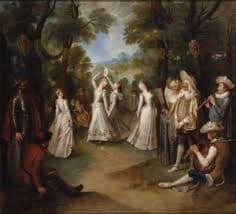
Camacho’s wedding
The idea to compose a musical character piece based on Don Quixote first occurred to Anton Rubinstein (1829-1894) in 1868. Intrigued by the idea of portraying various human characters in music, he viewed Don Quixote as an ideal of self-sacrifice but viewed in the context of comedy. His symphonic suite includes the following episodes: Don Quixote’s fascination with books about knights and dreams of heroic deeds on behalf of the unfortunate; his fight with the “crowd of oppressors,” which in fact, turns out to be a flock of sheep; his declaration of love and the peasants’ derision; deliverance of condemned convicts whom he considers to be unjustly convicted; and Quixote’s death. Rubinstein manages to provide us with sharp psychological portraits of the characters, and upon hearing the orchestral rehearsal, Tchaikovsky wrote, “Very interesting, and perfect in places.”
Anton Rubinstein: Don Quixote, Op. 87 (Slovak Philharmonic Orchestra; Michael Halász, cond.)
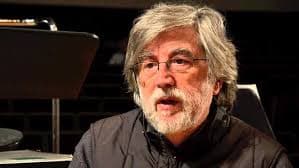
José García Román
José García Román was born in Granada in 1945, and much of his creative musical production is inspired by his love of literature. As a composer, he draws inspiration from the New Testament and writers such as Ben Jafacha, Góngora, Lope de Vega, Verlaine, Unamuno, Lorca, Canetti, Celaya and Weil. La resurrección de Don Quijote, composed for string orchestra between November 1993 and February 1994 on commission from the Orquesta y Coro Nacionales de España, takes its inspiration simultaneously from Cervantes’ novel and the poem “Vencidos” (Defeated) by León Felipe (1884–1968). García Román creates a highly complex, dense, and almost obsessive texture, which serves as the foundation of a highly individual and poetic work. As the composer explains, “the use of the Quixote theme is metaphorical, a way of expressing in music … the desire to see ride again all those heroes whose very madness just might offer hope to our rather disillusioned society.”
José García Román: La resurreccion de Don Quijote (Victor Arriola, violin; Madrid Community Orchestra; Jose Ramon Encinar, cond.)
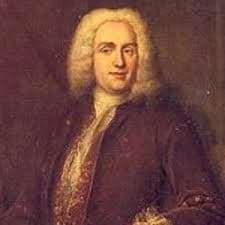
Joseph Bodin de Boismortier
Joseph Bodin de Boismortier (1689-1755) was quite a character. Born into the family of a retired soldier, he eventually became a clerk for the Royal Board of Tobaccos. There is no trace of any musical activity, but we do know that he married into a family of rich jewelers. Subsequently, he settled in Paris with his wife and daughter and was granted the privilege of printing his own compositions in February 1724. A contemporary scholar wrote, “Boismortier appeared at a time when only simple and easy music was in fashion. This competent musician took all too much advantage of this tendency and shaped, for the many, airs and duets in great number which were performed on the flute, the violins, oboes, bagpipes and hurdy-gurdies.” In fact, the following was said of him:
Happy is he, Boismortier, whose fertile quill
Conceives each month, without travail, of airs his fill.
His three-act ballet Don Quichotte was the result of a collaboration with Charles-Simon Favart. Performed at the Royal Academy of Music in 1743, it featured the best performers of the time, and the colourful and brilliant overture moves at a rapid pace.
Many additional musical settings of Don Quixote—widely considered the world’s first modern novel—have been composed; how many can you find?
For more of the best in classical music, sign up for our E-Newsletter
Joseph Bodin de Boismortier: Don Quixote at the Duchess Op. 97 (Stephan van Dyck, tenor; Richard Biren, baritone; Meredith Hall, soprano; Paul Gay, bass-baritone; Marie-Pierre Wattiez, soprano; Patrick Ardagh-Walter, bass; Akiko Toda, vocals; Brigitte Le Baron, vocals; Nicole Dubrovitch, vocals; Paul Médioni, vocals; Anne Mopin, vocals; Concert Spirituel Ensemble; Hervé Niquet, cond.)

